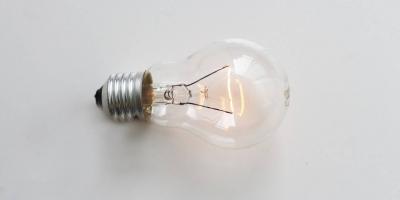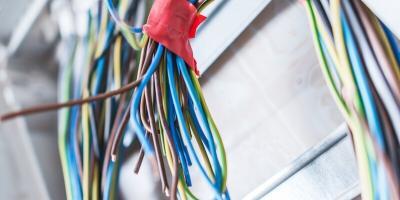Why you need outdoor lighting for your home
Are you aware that the use of LED lights has reached a historic high? The use of these lights has taken over the world by storm, making everyone shift to their use just to enjoy the array of benefits that LED lights have to offer. Numerous reasons abound as to why most people have adopted LED lights not only in their homes but also in commercial spaces.
LED lights have gained a wide popularity due to their efficiency, low price, and greenness. In fact, LED Lights have provided a reprieve to most people who sought for better lighting mechanisms since their invention. If you are observant enough, then you have probably seen LED lights on Christmas trees, light bulbs as well as the headlamps of new automobiles.
Despite the countless uses that LED bulbs can be put, there exists a shocking side of these bulbs that need to be handled with extreme caution. You may face potential injury risks when handling LED bulbs because they can really get hot.
LED lights use a technology called solid-state lighting (SSL). It is a type of lighting whereby light is emitted from a semiconductor but not a vacuum. LED bulbs contain a number of features that ensure that they outperform incandescent bulbs. Such features give them a longer lifespan and almost zero maintenance costs.
Light Emitting Diodes (LEDs) are much easier to recycle as compared to the compact fluorescent bulbs. It is usually because of the mercury content in CFLs.
What makes LED lights special?
Did you know that LED lights provide lighting in a different manner as compared to the conventional bulbs? They work by providing light energy when switched on whereas conventional bulbs do so by emitting light from a heated filament.
LED lights did not gain entry into the market yesterday. If you didn’t know, they have been in use for the past 50 years. However, they were unpopular because they released low-intensity infrared light. They have transformed from red LEDs to blue ones and then white ones that are used today.
Are there any risks associated with LEDs?
Despite the importance of LED lights and the immeasurable benefits that they have provided us with, they have a negative downside. The most harmful ones are the red LED lights. The red LEDs are unsafe due to the presence of a component called Aluminium Gallium Arsenide (AGA). It is a hazardous component that can negatively impact your health on direct exposure. Laboratory experiments show that it can adversely affect the liver, kidney as well as the respiratory system.
People are advised to exercise caution when dealing with LED lights since the damage that might result thereafter can be hazardous.
Are you aware that long-term exposure to LED light might render you permanently blind? Now that you are aware, always take maximum precautions and limit your exposure to such lights.
LED lights have been found to cause damage to the eyes, especially the retina. The damage occurs through the accumulation of cellular debris called lipofuscin. On the brighter side, experts reveal that LED lights only cause damage in relation to the amount of in-built protection they have.
Apart from the red LEDs, white LEDs are also a potential risk not only to the environment but also to human beings as well. Studies reveal that white LEDs contain nickel, which is an allergen to some people. Furthermore, copper that is contained in such lights can also damage the environment if disposed of inappropriately.
As a result, you as an individual is advised to always be on the lookout for these hazardous compounds especially if you use LED lights. Not known to many, a broken LED bulb at home may present serious health challenges to those who are in the vicinity. When such accidents occur, you are advised to use protective gloves when cleaning up surfaces containing LED debris.
The places affected the most by LED bulbs are construction sites and vast dumpsites. Reason being that such places usually form the dumping grounds for broken LED light components. Therefore, access to such places should be limited as much as possible to avoid potential health hazards.
Despite the numerous uses of LED light bulbs and their associated products, it is prudent for you to exercise extra caution when handling any LED component in order to avoid any negative impact. Seek a certified electrician when looking to install or replace your LED bulbs at home.










